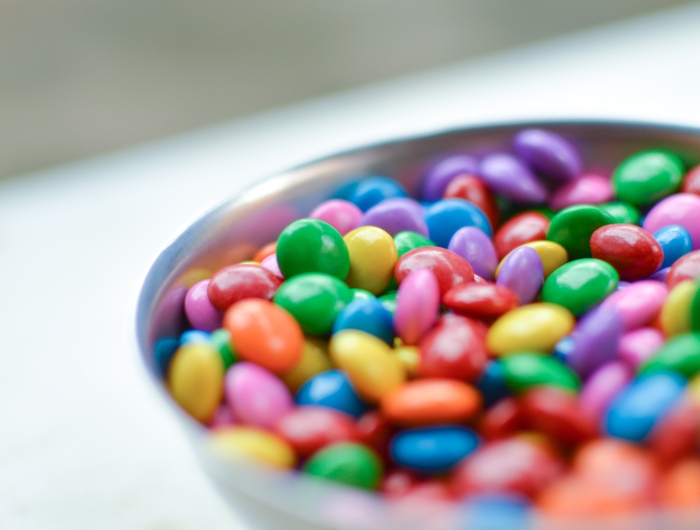From wallet to waistline

Super-sized portions may be more than you bargained for, says report
WASHINGTON—Americans who take advantage of larger sizes for just a few pennies more when eating out may be getting more calories than they bargain for, according to a new report by a coalition of health organizations. The report found that the food industry’s “value marketing” encourages overeating and contributes to the skyrocketing rates of obesity in adults and children.
“Americans are constantly induced to spend a little more money to get a lot more food,” said Margo Wootan, director of nutrition policy at the Center for Science in the Public Interest (CSPI). “Getting more for your money is ingrained in the American psyche. But bigger is rarely better when it comes to food.”
From Wallet To Waistline: The Hidden Costs of Super Sizing, was issued by the National Alliance for Nutrition and Activity (NANA), a coalition of over 225 national, state and local health organizations. The report compares the price, calories, and saturated fat in differently sized foods from fast-food chains, convenience stores, ice cream parlors, coffee shops, and movie theaters. Among the findings:
- Upgrading from a 3-ounce Minibon to a Classic Cinnabon costs only 24% more, yet delivers 123% more calories. The larger size also provides almost three-quarters of a day’s worth of artery-clogging saturated fat.
- Switching from 7-Eleven’s Gulp to a Double Gulp costs 42% more, but provides 300% more calories. Those 37 extra cents deliver 450 extra calories—more than you’d get in a McDonald’s Quarter Pounder.
- It costs 8 cents more to purchase a McDonald’s Quarter Pounder with Cheese, small French fries, and small Coke (890 calories) separately than it costs to buy the Quarter Pounder with Cheese large Extra Value Meal, which comes with a large fries and large Coke (1,380 calories). “McDonald’s actually charges customers more to buy a smaller, lower-calorie meal,” Wootan said.
- Moving from a small to a medium bag of movie theater popcorn costs about 71 cents—and 500 calories. A 23% increase in price provides 125% more calories and two days’ worth of saturated fat. (And that’s unbuttered popcorn!)
According to the report, the practice of “bundling” —turning a fast-food sandwich into a “value meal” by adding sides like fries and a soft drink—is responsible for some of the largest increases in calorie content. And fountain drinks proved to be especially bad health bargains. They cost the least to upgrade and deliver the biggest calorie boosts (and they provide some of the highest profit margins for retailers).
“These pricing practices make a compelling case for requiring fast-food and other chain restaurants to disclose calories right on their menus,” CSPI’s Wootan said. “To make informed choices, consumers need to know the cost to their wallet—and their waistline.”
Have It Your Way
“So what can consumers do right now?” asked Melanie Polk, RD, director of nutrition education at the American Institute for Cancer Research. “We can speak up. Say ’small,’ say ’half,’ and share.”
By speaking out, Polk said, consumers let the food marketer know that they want healthy meals. “Order a small or half-size. Share that bucket of fries or bladder-bursting drink with friends. Keeping those extra cents in your wallet means keeping extra pounds off your body, and that’s more important than ever.”
Obesity rates in American adults rose by 60% between 1990 and 2000 alone, while childhood obesity rates doubled over the last 20 years. Obesity causes an estimated 300,000 premature deaths each year, second only to smoking as the nation’s leading cause of preventable death. Type 2 diabetes can no longer be called “adult onset” diabetes because it now occurs so frequently in children.
“If you walked into a McDonald’s in the 1950s and ordered a burger, fries and a 12-ounce coke, you’d have bought a meal with about 590 calories,” said Carol Tucker Foreman, director of the Food Policy Institute at the Consumer Federation of America. “Today a popular super-sized meal may contain 1,000 calories more. As a result, we’re super sizing our kids and super sizing ourselves.”
That’s why consumers should decline to take advantage of “more-for-less” marketing practices, even if it may seem cost-ineffective, says Polk. “It’s penny-wise and pound-foolish to order more food than you really want, just because it seems like a bargain,” she says. “Let restaurateurs and retailers know that you want reasonable portions at reasonable prices. After all, restaurants pride themselves on responding to customer demand.”
News from The Center for Science in the Public Interest and The American Institute for Cancer Research

